Cinnamon Wars: Why Sri Lankan Cinnamon Reigns Supreme in the Spice World
Table of Contents
- The Sweet Origin Story of Cinnamon
- Cassia vs. Ceylon: The Great Cinnamon Divide
- Why Sri Lanka? A Perfect Match for Cinnamon
- Sri Lankan Cinnamon in the Kitchen (and Beyond)
- Buying Guide: How to Spot Real Sri Lankan Cinnamon
- Conclusion: Embrace the True Queen of Spices
The Sweet Origin Story of Cinnamon
Sri Lankan cinnamon—often referred to as 'true cinnamon' or 'Ceylon cinnamon'—has a history as rich as its aroma. This spice has traveled across oceans and empires, making it one of the most sought-after flavors in the world. From ancient Egyptian embalming rituals to modern-day holiday baking, cinnamon has always been more than just a kitchen staple—it's a symbol of luxury, warmth, and heritage.
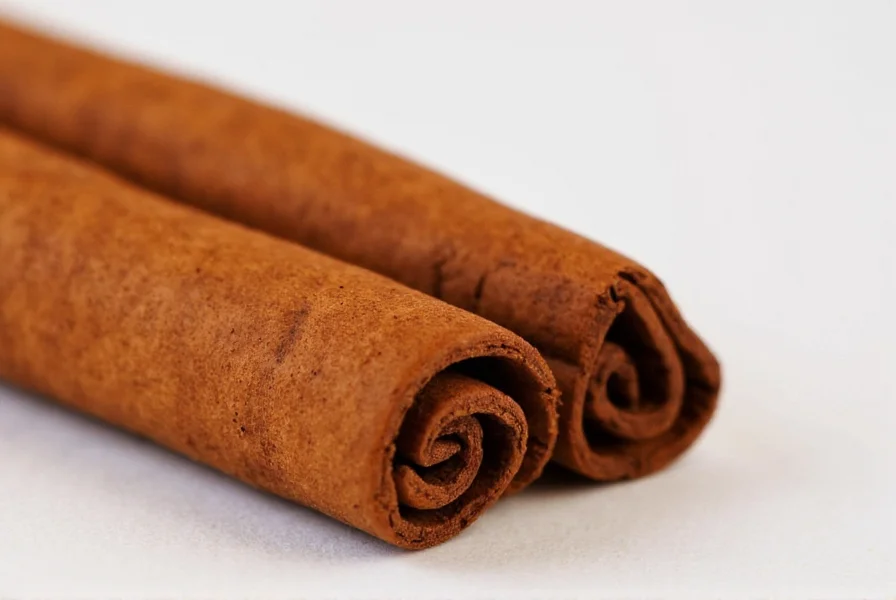
Cassia vs. Ceylon: The Great Cinnamon Divide
Not all cinnamon is created equal. There’s a major showdown happening between two main types:
- Cassia Cinnamon: The bold, spicy, and cheaper cousin found on most supermarket shelves.
- Ceylon Cinnamon: The refined, delicate, and rarer version grown almost exclusively in Sri Lanka.
| Type | Origin | Flavor Profile | Coumarin Content | Price |
|---|---|---|---|---|
| Cassia | China/Indonesia | Strong, spicy, woody | High | Low |
| Ceylon | Sri Lanka | Subtle, citrusy, floral | Low | Higher |
If you're after flavor complexity and health benefits without overdoing coumarin intake, Ceylon cinnamon is your best bet.
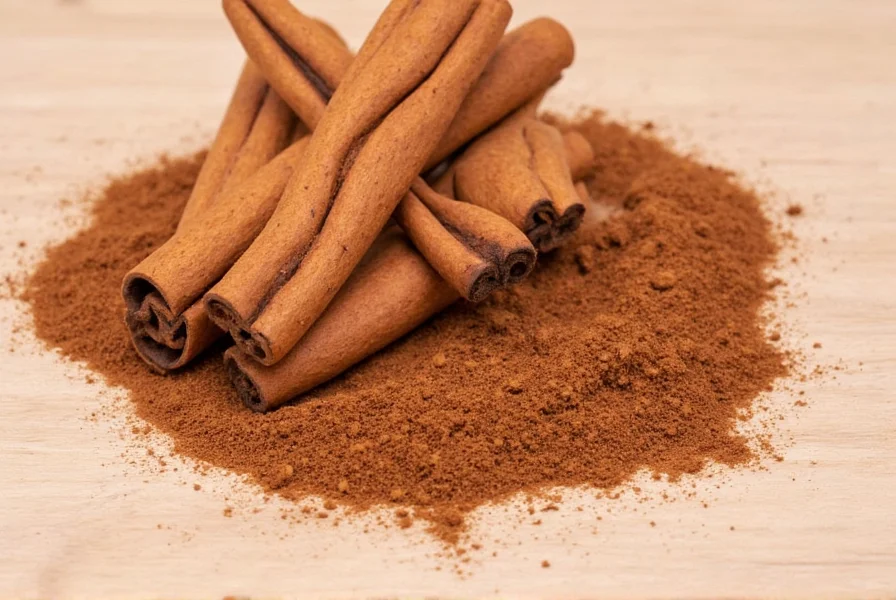
Why Sri Lanka? A Perfect Match for Cinnamon
Sri Lanka, known as the “Teardrop of India,” offers the ideal climate and soil conditions for growing premium-quality cinnamon. With its tropical monsoon weather and fertile coastal plains, this island nation has perfected cinnamon cultivation for centuries. Traditional harvesting techniques passed down through generations ensure that only the finest inner bark is used—making each stick a testament to craftsmanship.
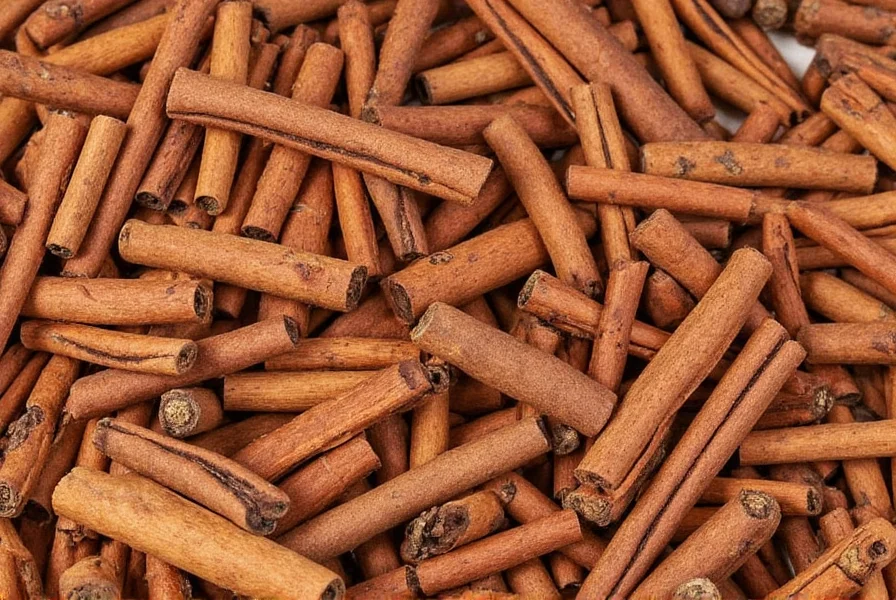
Interesting Fact:
During the colonial era, Sri Lankan cinnamon was so valuable that European powers fought for control over the island’s spice trade. Yep, cinnamon was worth going to war for!
Sri Lankan Cinnamon in the Kitchen (and Beyond)
From sweet to savory, here are some exciting ways to use Sri Lankan cinnamon:
In Baking:
- Perfect for oatmeal cookies, apple pies, and spiced breads.
- Add a pinch to cake batters or frostings for a gentle warm note.
In Beverages:
- Makes chai extra special when combined with cardamom and cloves.
- Add a stick to mulled wine or cider for festive flair.
In Savory Dishes:
- Enhances Moroccan tagines, Indian curries, and Middle Eastern rice dishes.
- Infuse into broths or stews for depth of flavor.
Beyond the Kitchen:
- Used in traditional medicine for its anti-inflammatory properties.
- Essential oil form is popular in aromatherapy and natural cosmetics.
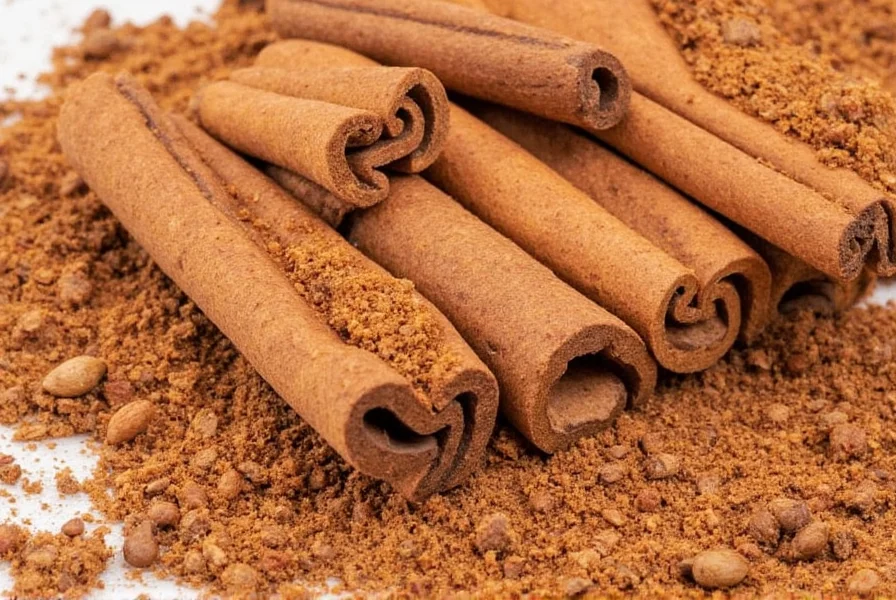
Buying Guide: How to Spot Real Sri Lankan Cinnamon
Finding authentic Ceylon cinnamon can be tricky if you’re not familiar with the signs. Here’s how to avoid fake cinnamon and make sure you’re getting the real deal:
Look at the Sticks:
- True cinnamon sticks have a papery texture and consist of multiple thin layers rolled like parchment.
- Cassia sticks are thicker, harder, and usually sold as a single curled piece.
Smell Test:
- Ceylon cinnamon has a soft, sweet, almost floral scent.
- Cassia is much stronger and can smell medicinal or even bitter.
Taste:
- Ceylon melts gently on the tongue, leaving behind a smooth, lingering sweetness.
- Cassia can be overpowering, even slightly burning.
Label Reading Tips:
- Look for labels that say "Cinnamomum verum" or "Ceylon cinnamon."
- Avoid vague terms like "cinnamon powder" unless verified by origin.
Top Products to Try:
| Product | Features | Best For | Occasion |
|---|---|---|---|
| Nuherbs Organic Ceylon Cinnamon Sticks | Organic, sustainably harvested, whole sticks | Teas, infusions, and décor | Gift giving or home use |
| Frontier Co-op Ground Ceylon Cinnamon | USDA organic certified, finely ground | Baking, desserts, spice blends | Daily cooking or baking |
| Kalustyan's Pure Ceylon Cinnamon Quills | Premium quality, ethically sourced | Specialty recipes, tea lovers | Chef-level culinary use |
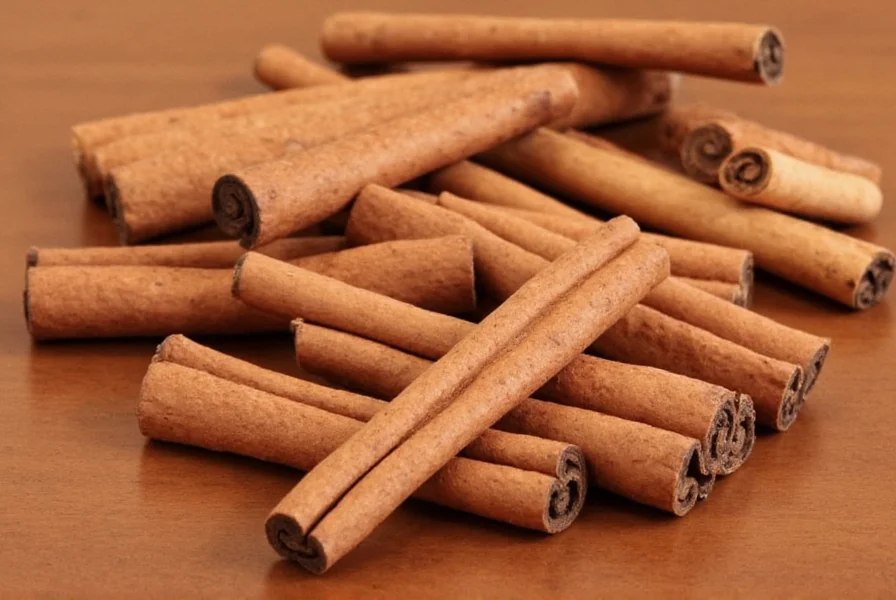
Conclusion: Embrace the True Queen of Spices
Sri Lankan cinnamon isn't just another spice—it's an experience. Its delicate balance of sweet and warm notes makes it versatile in both culinary and wellness applications. Whether you're sipping cinnamon-infused tea on a rainy afternoon or baking up a storm during the holidays, choosing Ceylon cinnamon elevates every moment.
So next time you reach for that jar of cinnamon, ask yourself: are you settling for a loud impostor… or treating yourself to the subtle majesty of Sri Lankan gold?
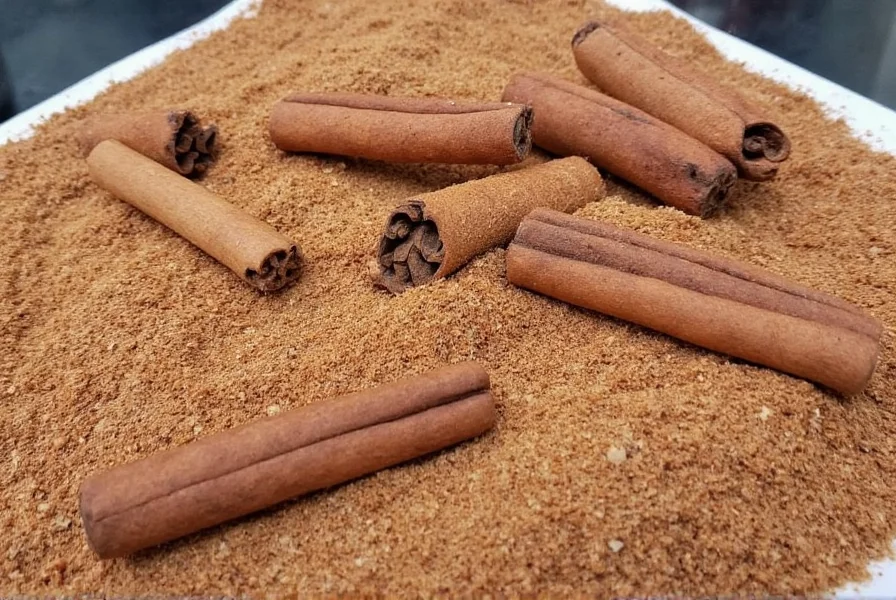

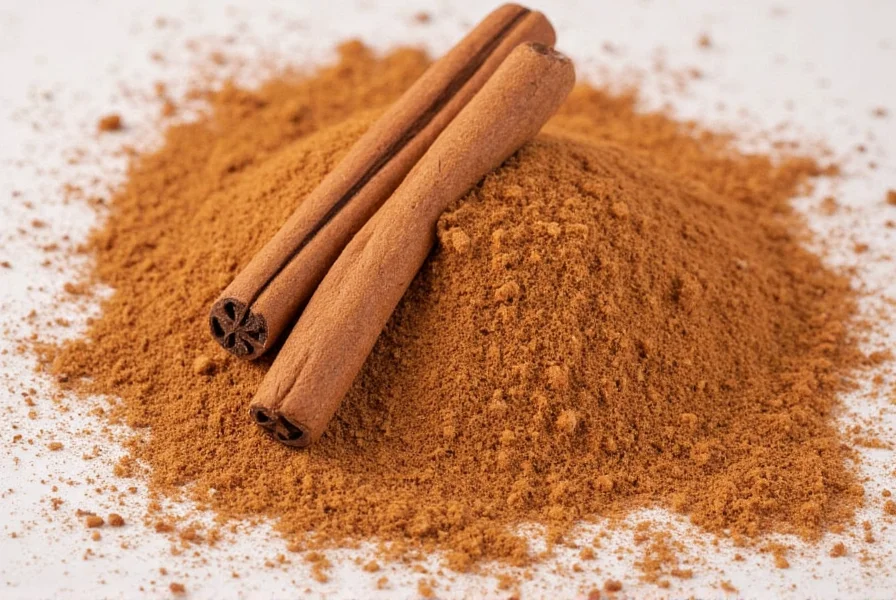









 浙公网安备
33010002000092号
浙公网安备
33010002000092号 浙B2-20120091-4
浙B2-20120091-4